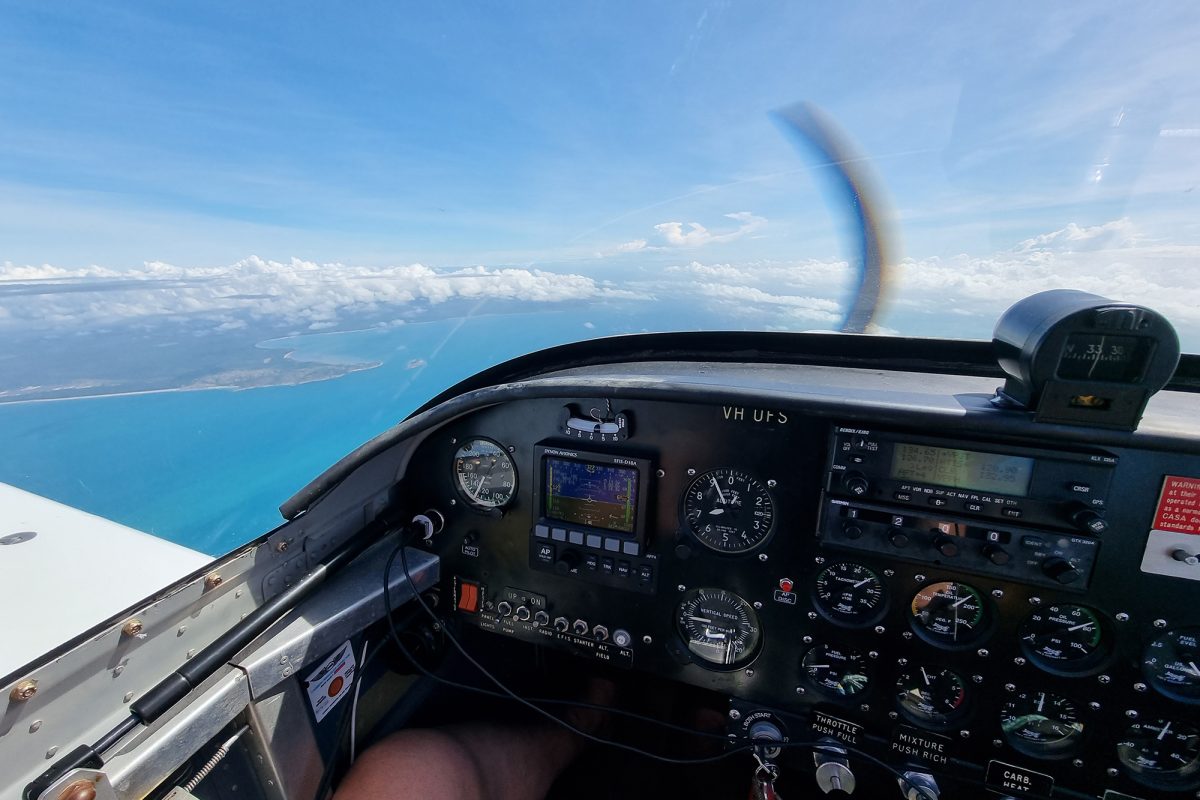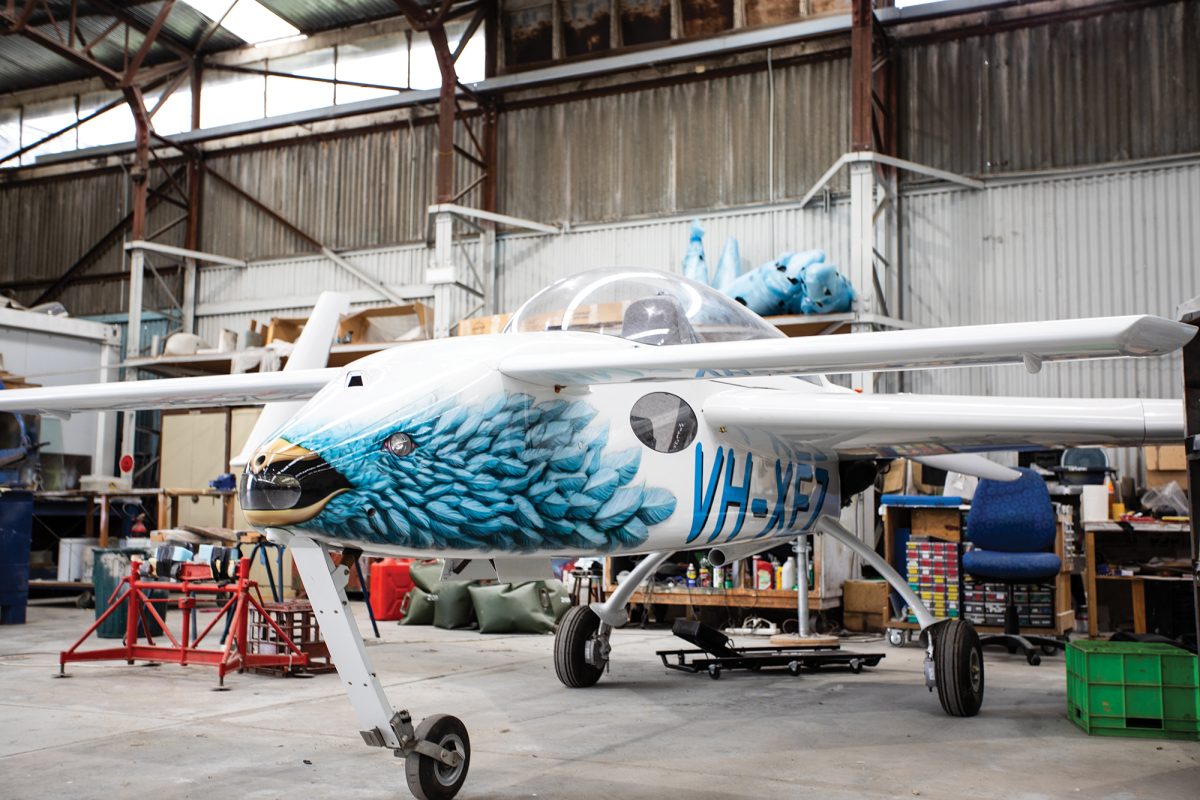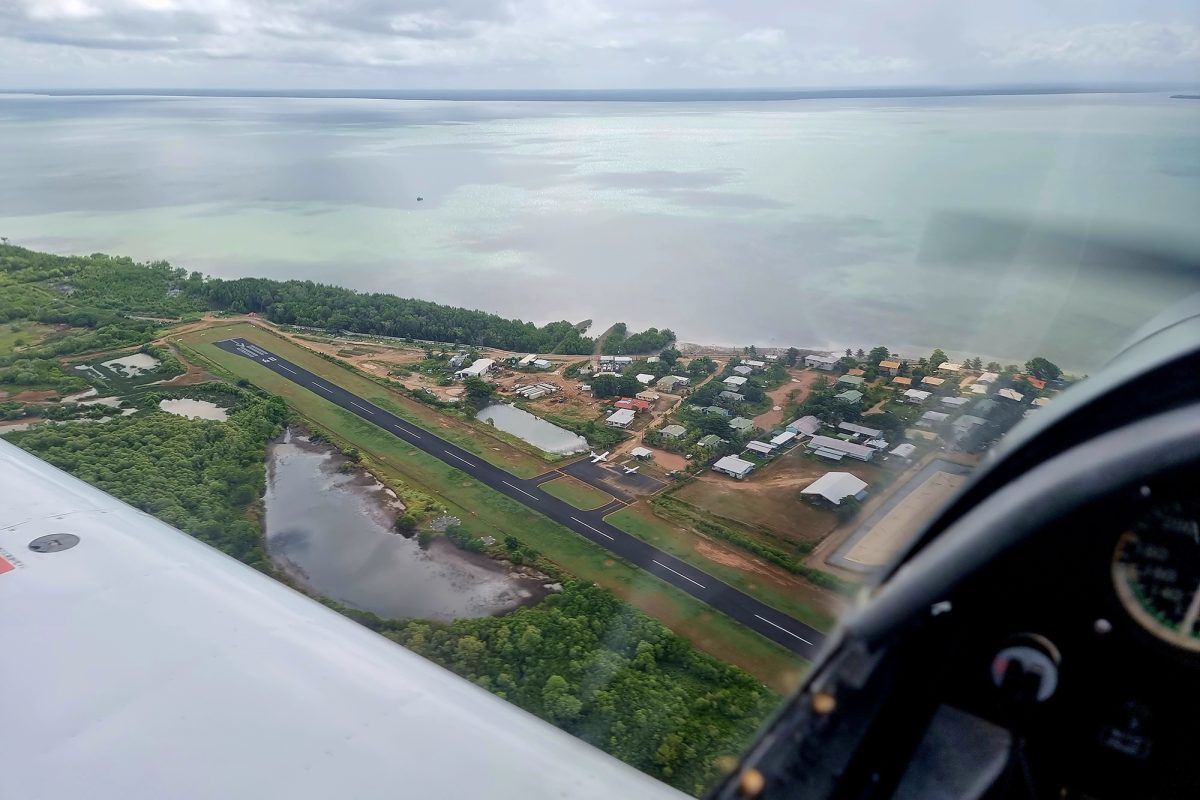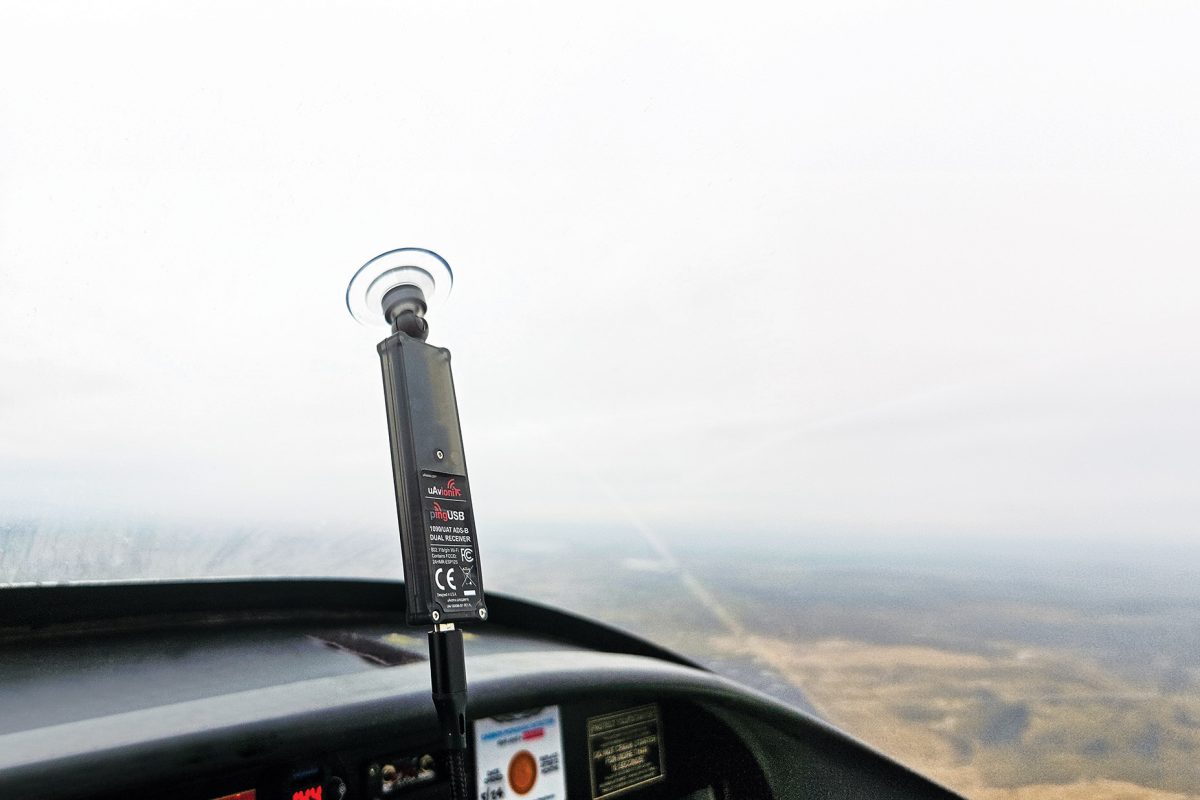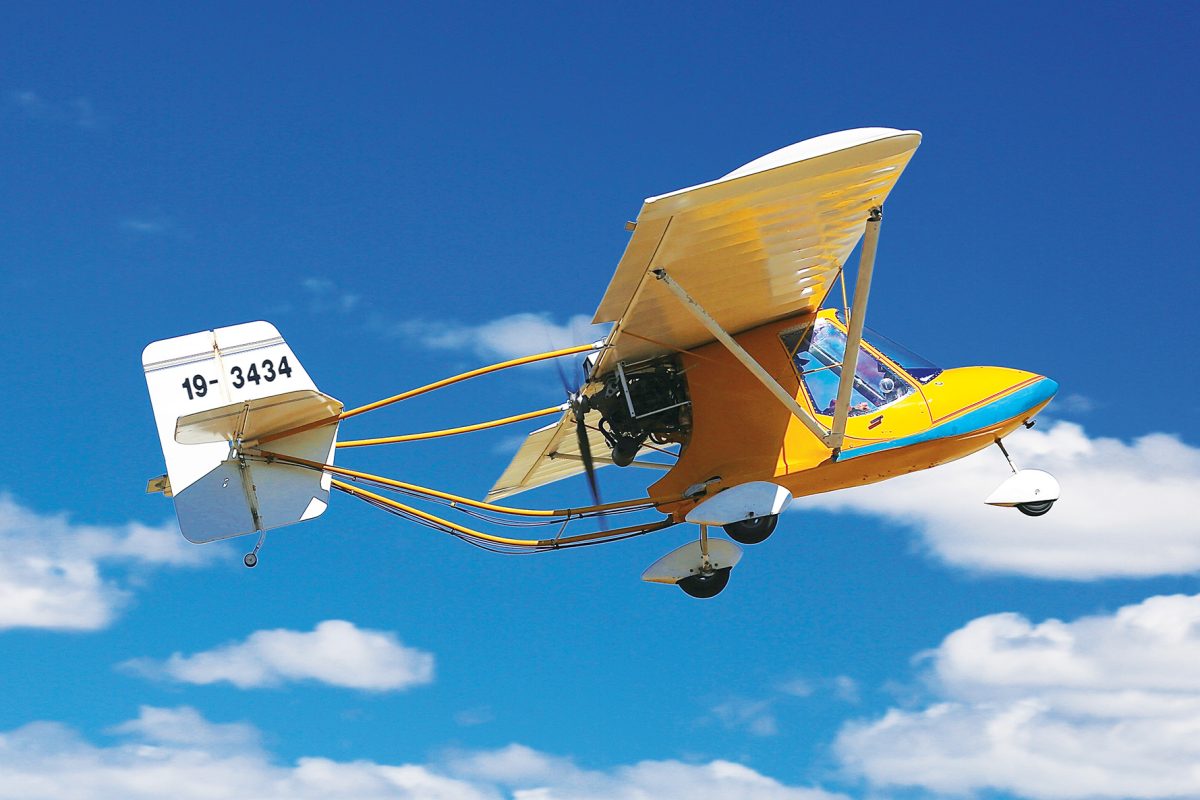AIRWORTHINESS AND MAINTENANCE
INSPECT LIKE YOUR LIFE DEPENDS ON IT – BECAUSE IT DOES!
Daily inspections are a crucial part of flight operations and are required by Recreational Aviation Australia before the first flight of the day. A correctly performed daily inspection by a trained pilot follows a standard procedure and permits detection of conditions that render an aircraft un-airworthy. However, some complacency, a theme discussed during safety month this year, and a lack of understanding of the standard procedure may prevent it from being effective among less experienced pilots.
There is a difference between the daily inspection and the pre-flight inspection, also known as the walk around. A daily inspection must be carried out using approved maintenance data (manufacturer’s daily inspection checklist) which must be recorded before the first flight of each day. For subsequent flights that day, the pilot in command must carry out a pre-flight inspection or carry out another daily inspection should it be deemed necessary. A pre-flight inspection is usually an abbreviated form of the daily inspection.
The daily inspection must consist of making checks set out in the aircraft flight manual. These inspections are not intended to be a hindrance or to be rushed through. They have been designed to identify issues on the ground, so they are not any issues in the air. A 2010 study conducted by NASA analysed data of US accidents between 1988 and 2004, and they found inadequate inspection practices to be a contributing factor in 54 loss of control accidents among general aviation operations. Back at home, several occurrences are reported to RAAus where a daily inspection, carried out in accordance with the manufacturer’s checklist, may have prevented the aircraft from landing elsewhere other than back at the airstrip.
Several manufacturers require the engine cowls to be removed to enable a thorough inspection of the engine. Removing the cowls enables inspection for cracks, fuel and coolant hose integrity and to ensure nothing is chaffing on the exhaust. Many occurrences may have been prevented should the checklist have been followed, and a thorough daily inspection carried out. RAAus Airworthiness Notice AN270810-1 requires that all engine cooling hoses/clamps are inspected at each daily inspection and may be a difficult task to complete with the cowling on.
Many factors influence the outcome of a daily inspection – weather, time pressures, stress, and fatigue, to name a few. Being aware of these factors and actions to mitigate their effects is paramount to completing the procedure correctly. A daily inspection may appear to be a simple task, but it is more than glancing at a checklist and wiggling flight controls. These inspections require an understanding of normal and abnormal conditions. For the flight, it is the start of the aeronautical decision-making process. If unsure of what a checklist item refers to or whether the item is airworthy or not, enlist the help of a Level 2 Maintenance Authority Holder or CFI for assistance.
The daily inspection is a systematic and thorough look at the aircraft in accordance with the manufacturers approved checklist. It does not matter where your inspection begins, as long as all areas of the checklist are covered. If your aircraft does not have a manufacturer’s checklist, you may use the schedule in the RAAus Technical Manual or CASA schedule 5.
Whilst compiling this article, I came across a very recent story for an Aero Club Newsletter. This is also very timely considering the recent aircraft hibernation due to the COVID-19 pandemic. The aircraft in this story is a light twin aircraft; however, it is still extremely relevant to any RAAus machine. Thanks to Rob Parker for allowing us to share their story.

